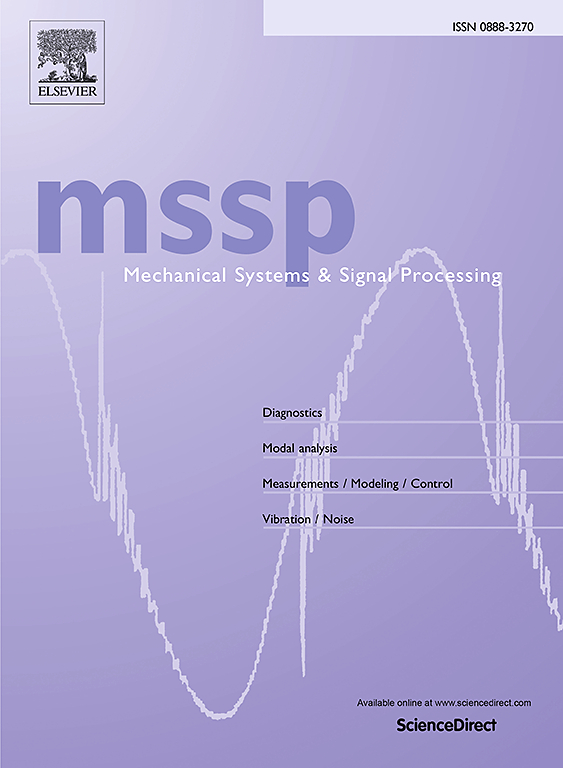Investigation on impact behavior with viscous damping and tensile force inspired by Kelvin-Voigt model in granular system
IF 7.9
1区 工程技术
Q1 ENGINEERING, MECHANICAL
引用次数: 0
Abstract
This investigation proposes a continuous contact model with different viscous damping factors by employing the physical properties of the Kelvin-Voigt model. The viscous damping coefficient is treated as a function of the loss factor and frequency. The loss factor in the elastoplastic or plastic phase is obtained by solving the linear equation of motion, because the elastoplastic contact stiffness can be assumed to be approximately linear. The loss factor in the elastic phase is derived according to the energy conservation during impact. Two loss factors in the frequency-dependent damping coefficients govern the energy dissipation in the entire contact behavior. More importantly, the proposed contact model inherits the deficiency of the Kelvin-Voigt model, which exhibits a tensile force at the end of the recovery phase. The underlying reason for this phenomenon is revealed. Simultaneously, it is also explained why the tensile force does not affect the solitary wave propagation in the granular system. Performed simulations show that the proposed contact model not only sidesteps the numerical issues corresponding to most contact force models with hysteresis damping factors, but also compensates for the accuracy loss of the EDEM contact model when evaluating the elastoplastic contact behavior in the granular system.
求助全文
约1分钟内获得全文
求助全文
来源期刊

Mechanical Systems and Signal Processing
工程技术-工程:机械
CiteScore
14.80
自引率
13.10%
发文量
1183
审稿时长
5.4 months
期刊介绍:
Journal Name: Mechanical Systems and Signal Processing (MSSP)
Interdisciplinary Focus:
Mechanical, Aerospace, and Civil Engineering
Purpose:Reporting scientific advancements of the highest quality
Arising from new techniques in sensing, instrumentation, signal processing, modelling, and control of dynamic systems
 求助内容:
求助内容: 应助结果提醒方式:
应助结果提醒方式:


